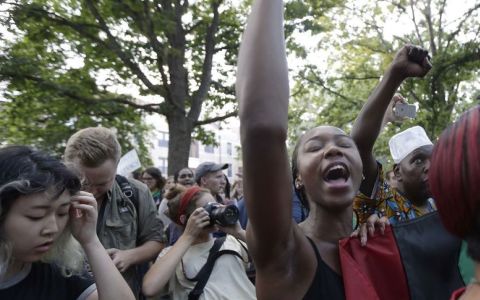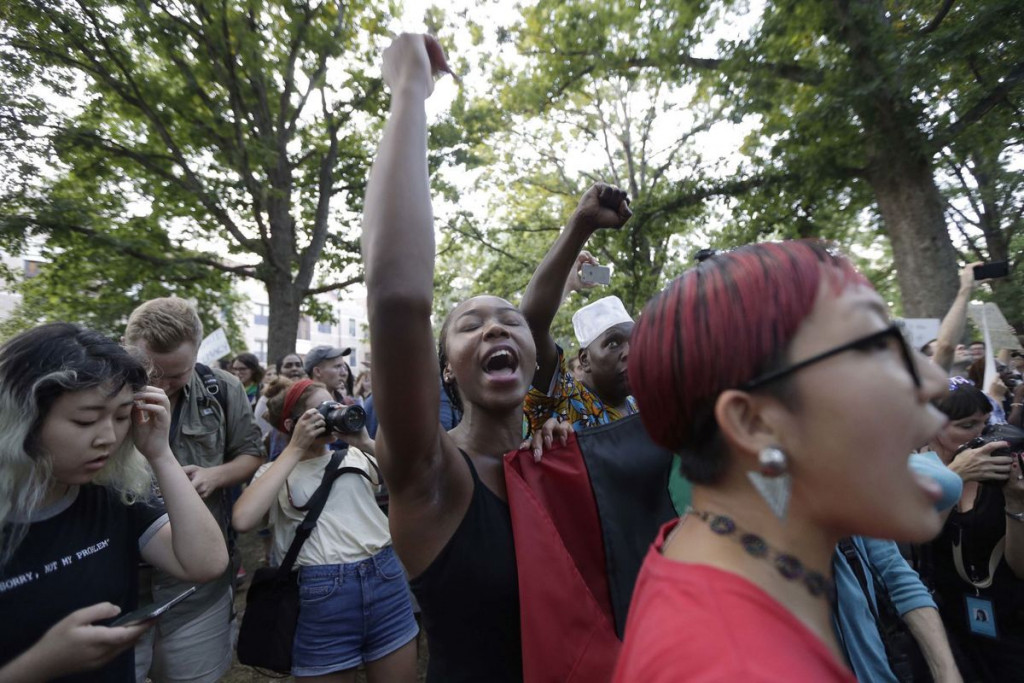From the robust public discussion about North Carolina’s legacy of Civil War monuments, it’s clear that — a century and a half after its close — we’re still sorting out how to make sense of that war and memorialize those who fought it.
Our state’s history in the Civil War is complicated and full of nuance — not one single legacy but many: of soldiers who fought for both the Union and the Confederacy; of enslaved people for whom the invasion by U.S. troops meant liberation; of free persons of color caught in the middle of warring armies; of women and families left behind to fend for themselves as their husbands and sons and fathers marched to the battlefront; of all those who labored on the homefront to provide food and clothing and medical care and all the rest.
This many-faceted legacy forms the core narrative of the N.C. Civil War History Center in Fayetteville, an exciting project several years in the making and soon to be a reality, to be operated under the auspices of the N.C. Department of Natural and Cultural Resources.
As its founding documents make clear, “The History Center is designed to be a ‘teaching museum’ rather than a ‘collecting museum’ ” — with one of the nation’s first digital master plans to make interpretive resources available to students and other citizens across the state.
The center is a statewide effort. Two former governors, Democrat James B. Hunt Jr. and Republican James G. Martin, serve as honorary chairmen of the board of advisers. The nonpartisan board of directors and board of advisers include more than 70 noted historians, business and community leaders, teachers and university chancellors, museum professionals, and distinguished public servants.
The history center is a $65 million project — paid for by a private-public partnership — that will occupy a 4-acre site on the grounds of the historic Fayetteville Arsenal — in many ways the perfect location, for reasons both practical (Interstate 95 is nearby) and symbolic. When Union Gen. William T. Sherman embarked on his “Final March” through the Carolinas in spring 1865, he set the arsenal squarely in his sights and would leave it in ruins.
The arsenal was a factory, employing 4,000 people, that had been seized by the Confederates in 1861. It turned out 10,000 Fayetteville-model rifled muskets and nearly a million paper-wrapped cartridges, along with gun carriages, artillery fuses and ramrods.
The arsenal site is now bisected by a four-lane highway — N.C. 401, the Rev. Martin Luther King Jr. Expressway. So like North Carolina — whose white population was split about evenly between Unionist and Confederate — the site itself is divided. A third of the population — 330,000 enslaved black persons — had no say in the matter.
The entrance to the history center will bridge the highway — metaphorically connecting present with past — and leading the visitor into a hall of stories that explore the many and varied experiences of those who fought and endured the war — on the battlefront and the homefront. North Carolina was both.
As North Carolina Gov. Zebulon Baird Vance famously remarked, it was a “rich man’s war but a poor man’s fight.” One of the enduring paradoxes is that so many farmers and workers who didn’t own any slaves fought and died for the benefit of the slave-holding system.
Historians tell us that between 30,000 and 35,000 men died of battle wounds or illness during the war. How many civilians died — women, children, free blacks, Lumbees, Cherokees, slaves — may never be known. Cities and towns were devastated, the economy ruined, and tens of thousands of people faced the loss of everything they had known before.
The Civil War was not just an event — it was a state of life, after which private and public lives would be irrevocably changed.
If we wish to know ourselves, we must understand those Civil War ancestors — for we are living in the future that they created, still wrestling with the political and ethical issues that divided them so deeply.
In the N.C. Civil War History Center, the present will unite with the past. The individual stories will help us honestly face the complexities of those times, in a place that reminds us of how violent passion can destroy what is beautiful, and how with cooperation, goodwill and perseverance we can reclaim it.
Philip Gerard is the author of 11 books and teaches creative writing at UNC-Wilmington. He serves on the advisory board of the N.C. Civil War History Center (www.nccivilwarcenter.org). His book “The Last Battleground: The Civil War Comes to North Carolina” is due out in 2018.




